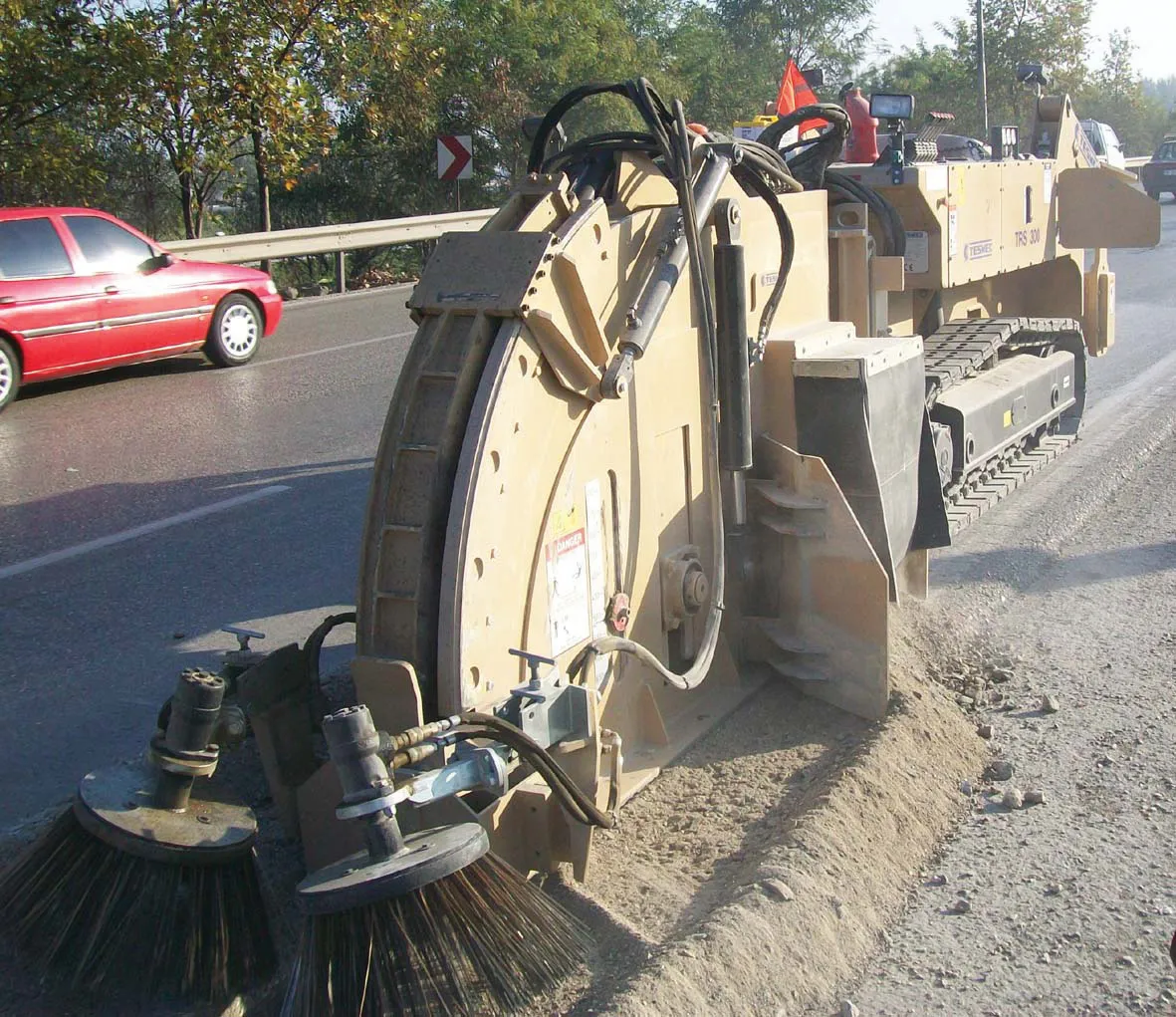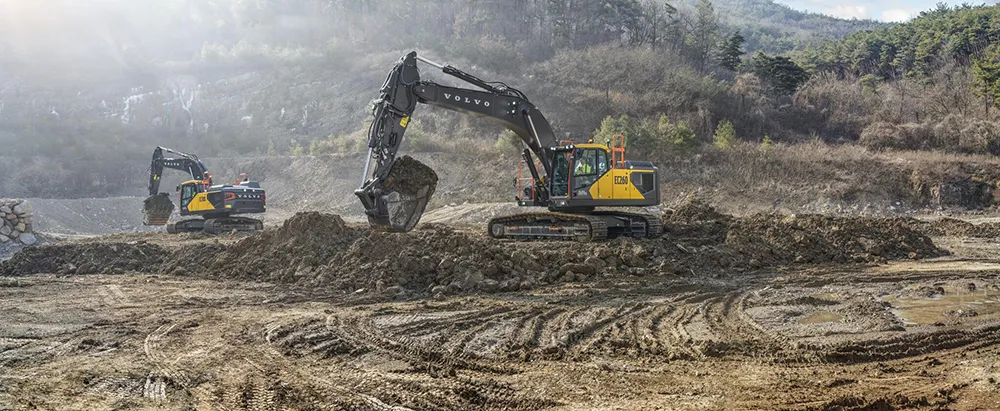Westquay Trading, the UK dealer for Tesmec, has introduced a new mini trencher designed for compact utilities and specialist plant hire for highways across the UK. The new TRS300 mini trencher weighs in at 9,500kg, and says Westquay Trading, at 180cm wide and 285cm high meets the growing demand for a compact sized machine, capable of high productivity cable trenching for highways, built-up areas and streetworks. The TRS300 provides a remote control system for complete trench cutting and cable laying, which
February 7, 2012
Read time: 2 mins

The new TRS300 mini trencher weighs in at 9,500kg, and says Westquay Trading, at 180cm wide and 285cm high meets the growing demand for a compact sized machine, capable of high productivity cable trenching for highways, built-up areas and streetworks.
The TRS300 provides a remote control system for complete trench cutting and cable laying, which is achieved using a single machine with productivity up to 2.8km/hour.
It works with different cutting attachments a T400 (400mm deep x 120mm wide) or T650 (650mm deep x 150mm wide) depending on trench requirement. Key features include a floating rock saw digging attachment, a rock wheel at the back end with 13.5° pivot system, offset digging back end both left and right to 60cm, water tank and cable laying system.
"Its 300mm cutting depth provides the correct trench depth for typical cable and utilities. With an offset cutting position the machine can avoid typical obstacles: for example road grids, by simply moving the cutting head left or right," says Westquay Trading.
Variable tilt tracks self level the TRS to accommodate ground gradients and pavements with a maximum range of 200mm.
The machine also offers cabling options for a reel carrier (maximum weight 1,900kg).









